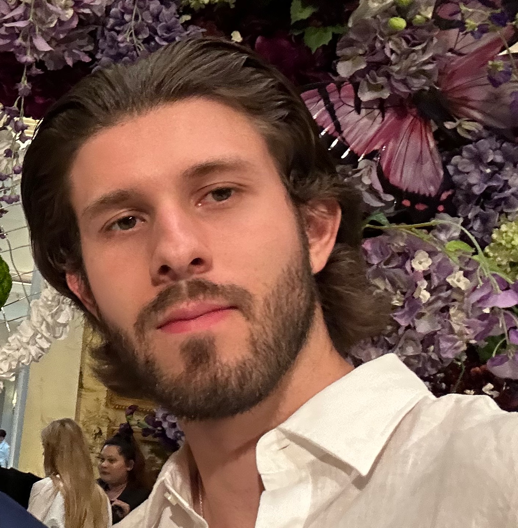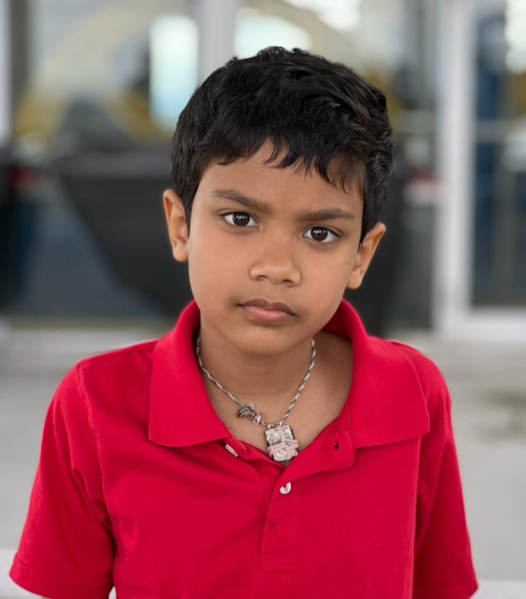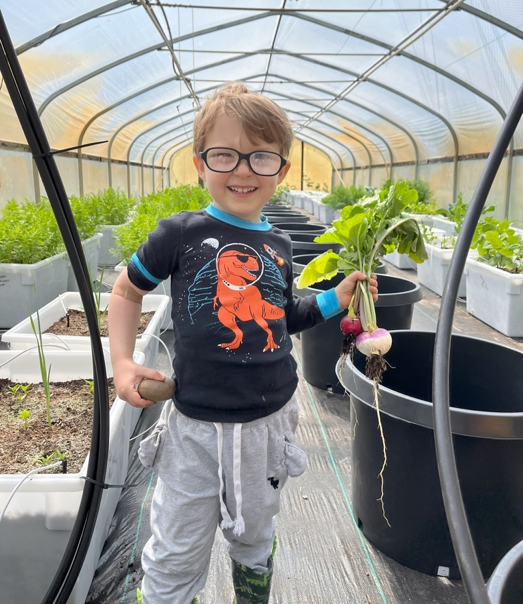Results in Brain-Injured Children: Physical Excellence
Why is it so important for the brain-injured child?
When families arrive at The Institutes with their hurt child, the last thing they are worried about is physical excellence. They arrive with a child who may be immobile, blind, deaf, and speechless. Or their child may be hyperactive and incoordinate, and have huge problems with attention, interest, concentration, and temper tantrums.
In short, parents are not thinking about physical excellence.
One of the goals for every child we see is physical excellence because the pathway to achieve this also helps the child become physiologically, intellectually, and socially much better.
Abigail

Abigail was born post maturely, by 18 months she had missed all expected milestones, and was diagnosed with ataxic cerebral palsy. She would later be diagnosed with hyperactivity and attention deficit disorder as well. By 8 years of age, parents were told she was visually impaired. She was unable to write, she walked and ran with poor coordination, her speech was difficult to understand, and she had many allergies and frequent infections. The therapies she had tried had yielded slow progress. Abigail’s parents attended the What to Do About Your Brain Injured Child course when Abigail was eight years old. They had their first appointment at The Institutes soon after. They began an intensive home treatment program. Within months, Mother reported Abigail had made huge strides. Abigail was eager to learn and had begun to write. Her health was much improved, and her walking and running were now well-coordinated.
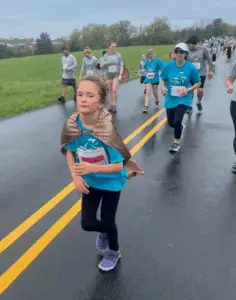
Today, Abigail is 9 years old and has run two 5 k marathon races. In her most recent 5K, she finished in 41 minutes. She is doing 12 minute miles. She has just begun gymnastics now, too.
Kush
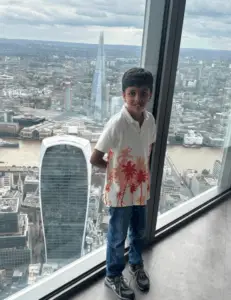
Kush was developing normally, walking and beginning to talk by one year of age. However, following immunizations at 14 months of age, he lost his speech and did not speak again for many years. He was hyperactive with unpredictable behavior and very sensitive to sounds. By age three, he was diagnosed as autistic. When Kush was six years old, his parents attended the What to Do About Your Brain Injured Child course, and had their first appointment at The Institutes. Kush could walk and run although awkwardly. Today, Kush is eleven years old and has come a long way, he is above average both intellectually and physically. He enjoys biking long distances. He brachiates on an overhead ladder forwards, backwards, sideways, and twisting. He participates in British trampoline gymnastics and he is a swimmer.

He has earned a Level 5 Green Belt in Taekwondo. Kush and his mother recently demonstrated their prowess in Taekwondo at The Institutes. Mom is more physically fit now, too!
Derion

Derion was delayed in his development as an infant, he was hypotonic in mobility, and his vision was limited including a nystagmus. Testing revealed incomplete myelination of his brain. By nine years of age, Derion had been diagnosed with attention deficit hyperactivity, cerebral palsy, and autism. He was chronically congested, and he was on medication for his behavior. Derion’s parents attended the What to Do About Your Brain-Injured Child course and Derion had his first appointment at The Institutes when he was nine years old. He was able to walk and run at his first evaluation, but he could not catch a ball or hop. Derion started an intensive home treatment program. He has improved significantly intellectually, physically, and physiologically, and he no longer takes any medication. At age 14, he has the energy and focus to enjoy the great outdoors with his family and friends. He is now physically excellent – water skiing, playing ice hockey, hiking, and mountain biking.
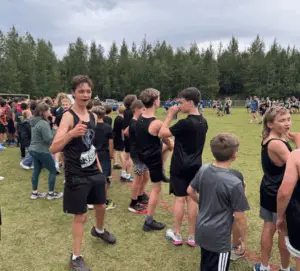
He recently completed a 10 km mountain biking challenge in one hour and 15 minutes, and a two-mile cross country run in 19 minutes 24 seconds. Nothing stops him now.
Each of these children had significant neurological problems from an early age. Each experienced significant problems in mobility. When parents have a child with physical problems sometimes, they are told this cannot be changed and that it may be permanent. Now each of these children has achieved physical superiority. They can explore the world around them safely and independently and enjoy that world. The quality of their lives has changed immeasurably for the better.
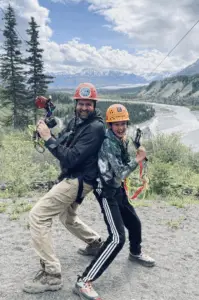
Kriya

At birth she was diagnosed with moderate to severe hearing loss. His right eye did not open for the first 10 days. At 2 years and 3 months, she underwent surgery to correct the ptosis in her right eye. At age 3 years, her symptomatic diagnosis was autism. When she was 9 years old, her parents attended the “What to do about your Brain-injured Child” course. At that time, she could run only 5 meters. At age 12 years old she received a running victory. She ran 5 k marathons 3 times.
Amrith
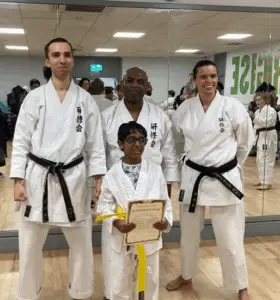
A bacterial infection was found in his blood after birth, and he was given antibiotics for 7 days. After a vaccination at 9 months, Amrith lost his eye contact and began repetitive activities. He was diagnosed with Autism by two years of age. When he was 3 years 8 months old, parents attended the “What To Do About Your Brain-injured Child” course”. At that time, he could only run 20 meters nonstop. By 4 years, he received a running victory. By 5 years, he could run 3 km in 35 minutes. He was also taking gym class and soccer lessons with his peers. He graduated from the program that year, and has since earned his yellow belt in karate.
John
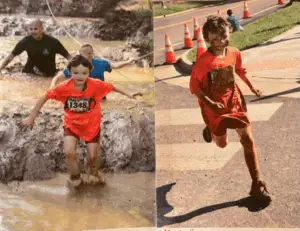
After birth, he had tremors for 7 hours and was diagnosed with sepsis and placed in an incubator in the NICU. He had feeding problems for 3 weeks. At 1 year of age, he had croup. During his second year, he had many ear infections. John’s diagnosis was encephalitis and developmental delay. At age 5 years, his parents attended the “What To Do About Your Brain-injured Child” course. At that time, he could run, but his coordination was poor. By age 8, he could run 5 km in 29 minutes and ride a bike for 8.7 km in 32 minutes. He was enjoying the challenge of obstacle courses, too.
Dylan
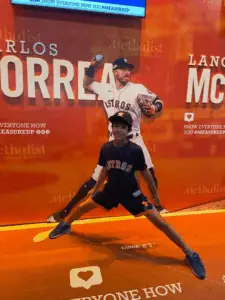
In the first year of life, he had many ear infections and was treated repeatedly with antibiotics. By age 2, Dylan’s speech was delayed and he had difficulty understanding. By age 5, Dylan was diagnosed with Tourette Syndrome and autism. When he was 10 years old, parents attended the “What To Do About Your Brain-injured Child” course. At that time, he could run 100 meters nonstop. A year later he could run 3 miles and he received the Black Belt in Tae Kwan Do. He is also on a baseball team now.
Pablo
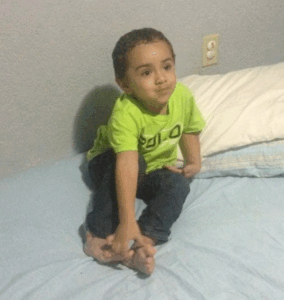
Pablo was born in Nicaragua. He developed normally until 18 months of age when he received four vaccinations on the same day. From that day, he lost his speech and stopped progressing as he had been doing. At two years of age, Pablo was unresponsive to his name or any other words. He spent his days screaming and crying. He was hypersensitive to sounds and touch and hit himself in frustration. He lacked eye contact and had no speech. Soon, Pablo was diagnosed as autistic and hyperactive. Pablo’s family lived in Nicaragua. They read the book What to Do About Your Brain-Injured Child and created their own program. When Pablo was six years of age, Pablo’s parents, both physicians, attended the What to Do About Your Brain-Injured Child course and intensified their work with Pablo at home. From that time onward, his progress was significant. He started reading and beginning to write. His understanding progressed to his age level, and he was following directions well. He was speaking in full sentences. He was physically well coordinated and was able to run. He was independent in his daily life. By age 9, he was reading at a post High School level in both English and Spanish. He was writing and beginning to use the computer. His behavior was calm and appropriate all the screaming and temper tantrums were long gone. He could express his feelings and respond to questions using full sentences. He could run a mile nonstop.
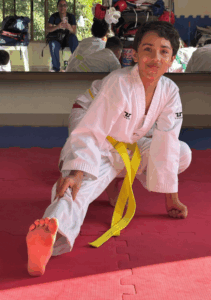
By age 11 Pablo was clearly physically excellent: he was running 3 kilometers, swimming, doing gymnastics and learning Taekwondo. He has just received his yellow belt. There is little doubt that Pablo is now physically excellent. He has come a long, long way through his own hard work and the dedication of his mother and father.
Marvella

Marvella is from Jakarta, Indonesia, and was born after a long labor. At age two, she lacked eye contact, and did not respond to her name or follow instructions. She was a poor sleeper and did not feel pain, she had no words of speech, and was diagnosed as autistic. At age five, Marvella was not accepted in school and her mother attended the What to Do About Your Brain-Injured Child course and began a home treatment program with her. By age seven, Marvella was reading books, and had begun speaking. She was able to follow instructions in swimming, ballet, and piano lessons independently, and was riding a bike one kilometer each day. By nine years of age, Marvella was reading and speaking in three languages, and had begun gymnastics lessons, too. By age 13 years, Marvella was a speed-reader of adult level books in three languages on a wide variety of topics including history, science, and business. She was running 5 km regularly and she could write and type independently.
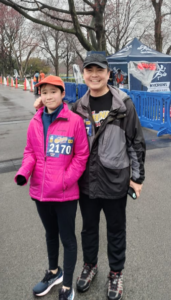
She is no longer hyperactive, instead she is looking forward to participating in many activities in her new neighborhood, New York City. Today at age 15 she is undeniably physically excellent as she is doing 10 km runs with her father.
Nicolas
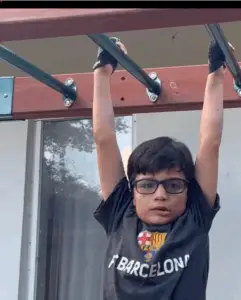
Mother had twin pregnancy. Nicolas was born prematurely by 38 days and had respiratory distress at birth requiring resuscitation. His oxygen levels were low, and he was placed on a ventilator. Within 24 hours, he had GI bleed, and he was transferred to NICU. The diagnosis was transient hypoaldosteronism and metabolic acidosis. Later he was diagnosed as cerebral palsy, mentally deficient, psychotic, trainable, and educable. When he was 6 years old, his parents attended the What to do about your Brain-injured Child course. At that time, he could run a short distance.
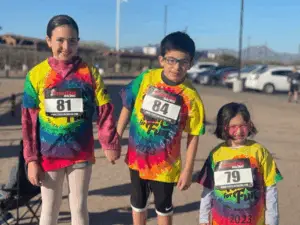
Now he is physically excellent – he runs 5 k marathons with his sisters. He is a rock and rope climber, and he enjoys brachiation and gymnastics as well. Today he is doing competitive bike racing.
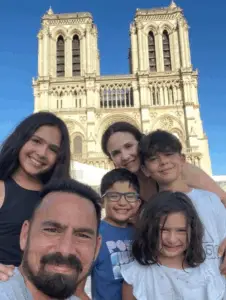
Each of these children had significant mobility problems. When parents have a child who physical problems sometimes, they are told this cannot be changed and that it may be permanent. Now each of these children has achieved physical superiority. They can explore the world around them safely and independently and enjoy that world. The quality of their lives has changed immeasurably for the better.
These results were brought about by the efforts of each family. Mother and Father, brothers and sisters and the child – all working together to give each child a fighting chance for a much better life.
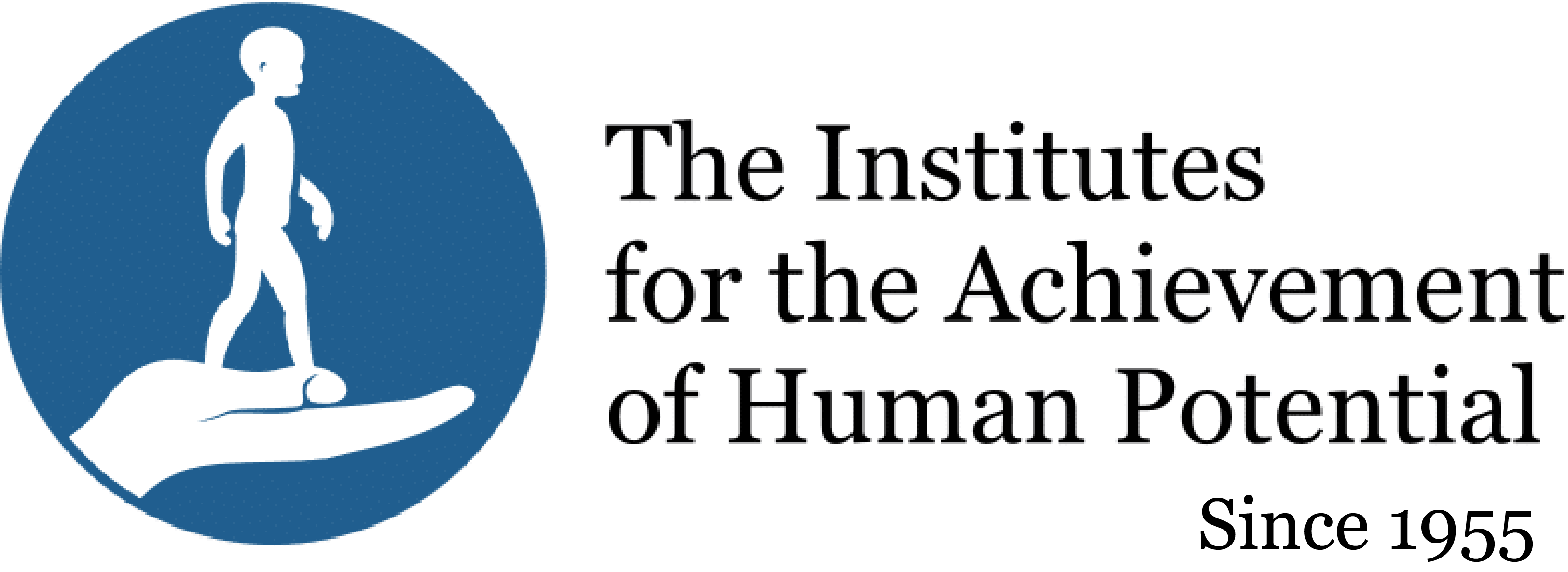
 Donate
Donate


